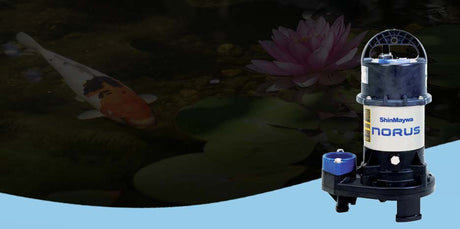
Pond Pumps for Koi Ponds: Ensuring the Health of Your Fish
Ensure the Health of Your Fish With Pond Pumps for Koi Ponds Koi are known for their bright colors and beauty. Their addition helps enhance any pond's ecosystem, adding value...
WebFX Team |
5% off everything store wide

Ensure the Health of Your Fish With Pond Pumps for Koi Ponds Koi are known for their bright colors and beauty. Their addition helps enhance any pond's ecosystem, adding value...
WebFX Team |

Backyard water features, like ponds, provide a great place for sitting and reflecting, but they also offer benefits beyond enhancing your property's appearance. Ponds are part of the growing need...
Eli Weinstock |
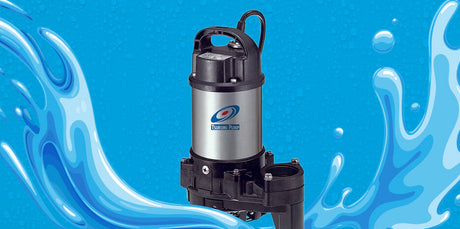
Pond pumps are an essential part of a well-functioning ecosystem. These pumps circulate and filter the water in your pond, keeping it clean, clear and healthy. Running pond pumps requires...
Eli Weinstock |
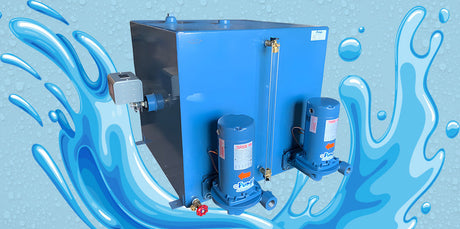
Maintaining high-quality feedwater is essential for effective boiler operation. Impurities in the feedwater can cause significant problems, including scale buildup that reduces efficiency and corrosion that damages equipment. These concerns...
Eli Weinstock |
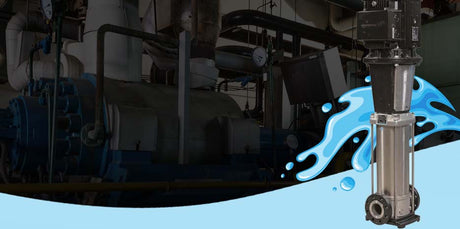
Industrial processes, power generation, heating and other applications rely on boiler systems. Boiler feed pumps ensure the boiler has the water it needs to function safely and properly. These pumps...
Eli Weinstock |
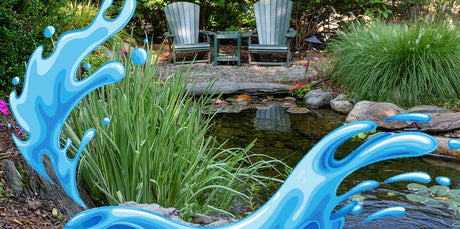
An outdoor pond can enhance your yard's aesthetic, create a peaceful space for relaxation and even increase your home's value. But keeping your pond healthy and clean depends on having...
Eli Weinstock |
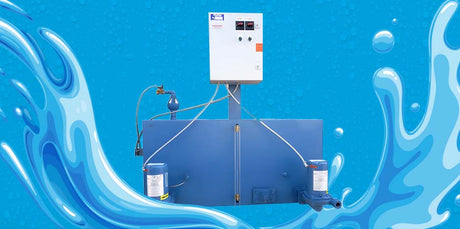
Feed water allows a boiler system to generate steam or hot water for power generation, chemical processing, brewing and other industrial applications. It consists of make-up water from the feed...
WebFX Team |
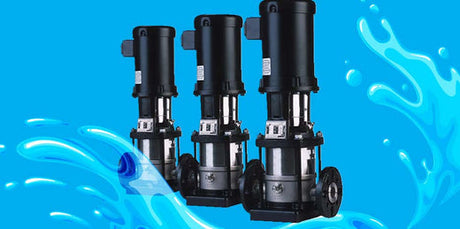
A condensate return pump collects and redirects condensate produced by heating, ventilation or air conditioning (HVAC) equipment. It promotes more efficient condensate reuse by returning hot condensate to the boiler....
Eli Weinstock |
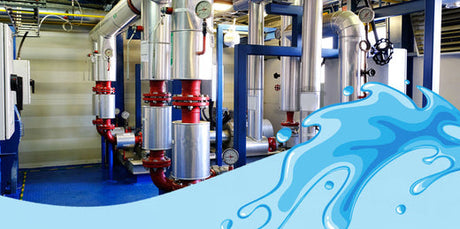
A boiler is an essential system for daily performance in any plant, and the boiler feed pump (BFP) system, also known as a boiler feedwater pump, is crucial to its...
Eli Weinstock |
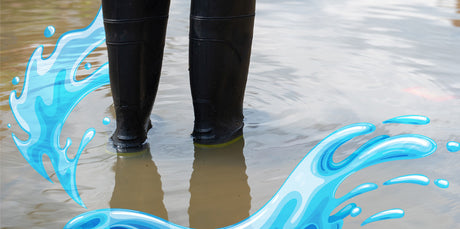
Water from flooding or heavy rainfall causes significant damage to homes and properties. Sump pumps provide an effective solution to water damage. These pumps manage excess water to prevent basement...
Eli Weinstock |
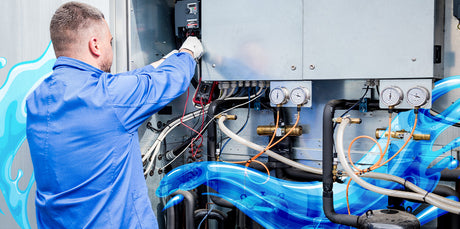
Feed systems are essential for keeping your boiler safe and efficient. In commercial or industrial settings, boilers create energy used for heat or power generation — but they need correct water...
Eli Weinstock |
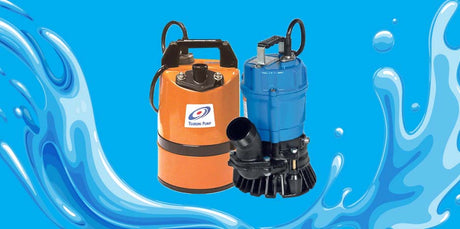
If you live in a rainy climate, have had moisture issues in the past or live in a low area, the risk for extensive — and expensive — water damage...
Eli Weinstock |
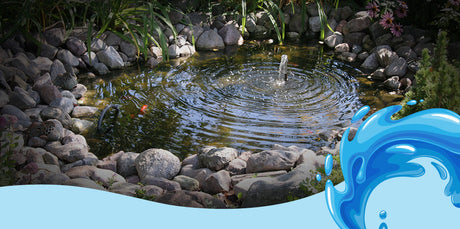
Are you dreaming of adding a touch of tranquility to your outdoor space? Picture the gentle murmur of water, the vibrant colors of aquatic life and the serene atmosphere it...
Eli Weinstock |